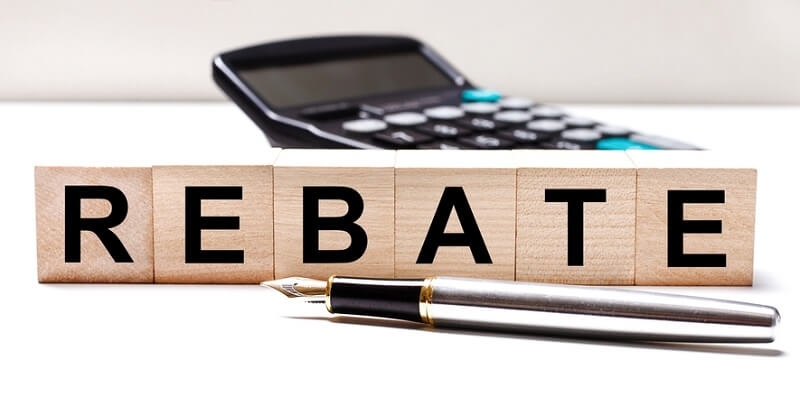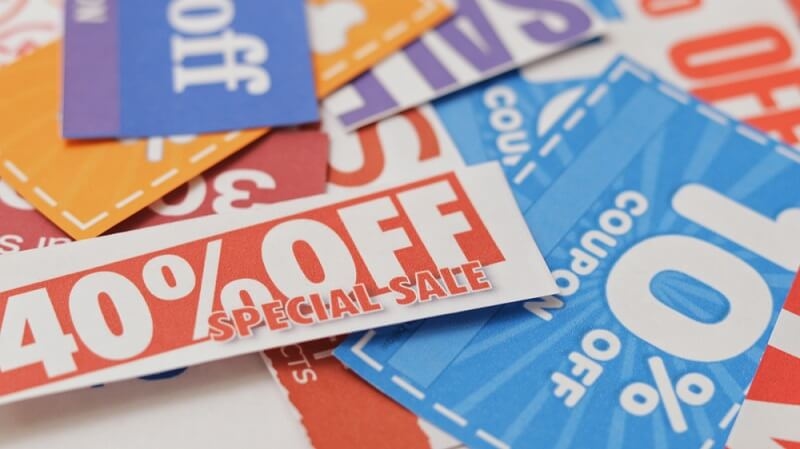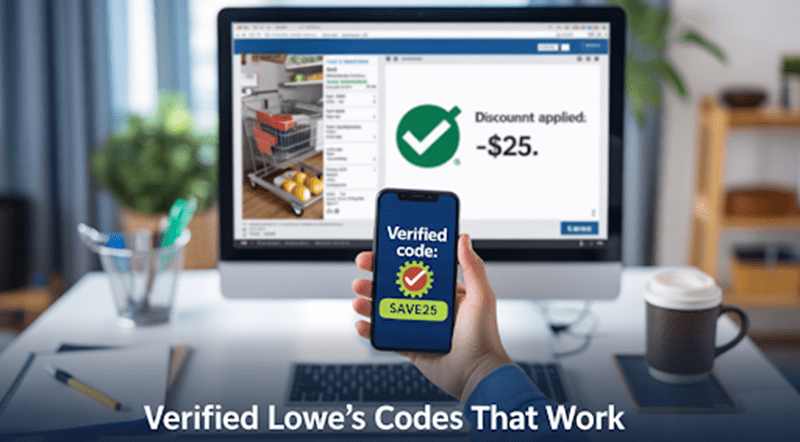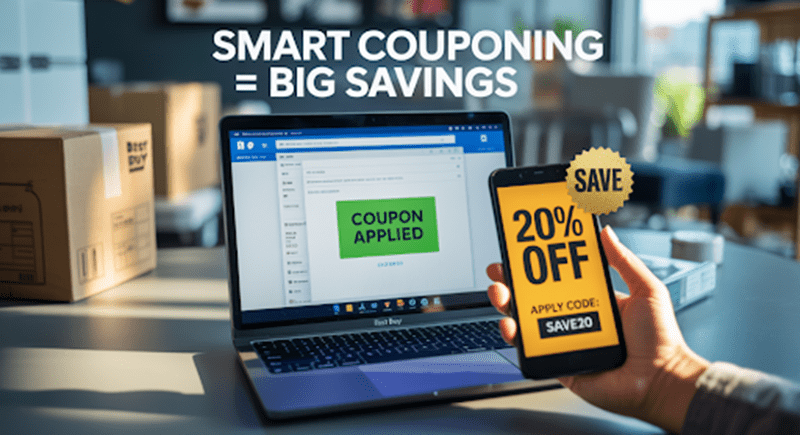
We've all heard the age-old saying, "A penny saved is a penny earned." But what if you could save more than just pennies with every purchase? Enter cash rebates. Cash rebates are promotional incentives offered by manufacturers or retailers to encourage customers to purchase their products. In essence, they are a partial refund of the purchase price, given either immediately at the point of sale or after the purchase has been made. Rebates are attractive because they provide an immediate or eventual monetary return on a purchase.
Unlike coupons, which offer a discount upfront, rebates reward consumers post-purchase, often making them feel like they are getting a bonus or a deal after the fact. At face value, a rebate might seem like a small return, but over time and with multiple purchases, the savings can be significant. Whether you're buying appliances, electronics, or even vehicles, rebates can make pricier items more affordable and standard items feel like a steal.
Understanding Cash Rebates

In simpler terms, a cash rebate offer is money returned to the consumer after making a purchase. The amount is typically a fraction of the product's original price and serves as a means for brands to attract and reward customers. There are several ways customers can receive these incentives:
Instant rebates - These are applied directly at the point of sale, instantly reducing the purchase price.
Mail-in rebates - After making a purchase, customers mail in a form, along with a copy of the receipt, to claim their rebate. It's usually received in the form of a check or prepaid card.
Online rebates - Similar to mail-in rebates, but the process is completed online, with digital forms and receipt uploads.
Benefits of cash rebates
Financial savings - The most apparent benefit is the money saved. Over a year, these savings can accumulate to a substantial amount.
Incentive for purchases - Rebates can often be the nudge customers need to decide on making a purchase, especially for high-ticket items.
Boost in sales for businesses - For companies, rebates drive sales volume and can help in clearing out older inventory.
Tips for Maximizing Cash Rebates
To get the most out of cash rebates, a proactive approach is necessary. Here are some strategies to ensure you're maximizing your potential savings, which can prove to be a game changer in smart shopping:
Researching rebate offers
Checking manufacturer websites - Before making a purchase, always visit the product manufacturer's website. They often list available rebates.
Visiting retailer websites - Retailers might offer exclusive rebates not available elsewhere.
Utilizing rebate databases - Websites and apps dedicated to rebates aggregate offers, making it easier for consumers to find deals.
Reading the fine print
Understanding eligibility requirements - Not all rebates are straightforward. Some may require additional purchases, or they might be limited to specific regions.
Noting expiration dates - Most rebates are time-sensitive. Ensure you're aware of the deadline to claim.
Following instructions accurately - Any missteps can result in a denied rebate. From UPC codes to specific forms, always double-check your submission.
Organizing and tracking rebate submissions
Creating a system - Whether it's a dedicated folder on your computer or a physical binder, keep all rebate-related materials organized.
Keeping copies of receipts and documents - In case of disputes or lost mail, having copies ensures you can resubmit or provide proof of purchase.
Setting reminders for submission deadlines - With life's hustle and bustle, it's easy to forget dates. Use phone alerts or calendar reminders to ensure you don't miss out.
Unveiling the Secrets to Scoring Big Discounts

Shopping smart isnt just about finding a good deal; its about maximizing every opportunity to save. While cash rebates are fantastic, pairing them with other strategies can amplify your savings.
Timing your purchases strategically
Seasonal sales and promotions: From winter apparel discounts in spring to summer patio furniture deals in fall, understanding seasonal trends can save you a bundle. It will also help you to control your spending habits.
End-of-model-year deals: Big-ticket items like cars often see significant price drops when the new models roll in. It's the perfect time to negotiate a better deal.
Holiday and special event discounts: Holidays, Black Friday, and special retail days are ripe with opportunities to save.
Combining cash rebates with other offers
Stacking discounts and coupons: Some retailers allow the use of multiple discounts. Pairing a coupon with a rebate can lead to significant reductions.
Using cash back credit cards: Earn a percentage back on every purchase, making your savings even more considerable when combined with rebates.
Taking advantage of loyalty programs: Points, rewards, and exclusive deals for loyal customers can often be combined with other offers.
Negotiating for additional rebates
Haggling with salespeople: Dont be afraid to negotiate. Especially for pricier items, there might be unadvertised rebates or room for price adjustments.
Contacting manufacturers directly: If a retailer doesnt offer a rebate, sometimes reaching out directly to the manufacturer can yield discounts.
Exploring price match guarantees: Some stores will match lower prices from competitors and might even offer an additional rebate as an incentive.
Common Pitfalls to Avoid
While cash rebates are enticing, there are potential missteps to be wary of.
Forgetting to follow up on rebates: A rebate is beneficial only if claimed. Ensure you send in necessary documents promptly.
Ignoring rebate expiration dates: All rebates have a time frame. Miss it, and you forfeit your savings.
Failing to meet eligibility requirements: Always read the fine print. If a purchase doesnt meet specific criteria, you wont get the rebate.
Relying solely on rebates for savings: Remember, the best deal is a combination of a fair initial price, a rebate, and any other available discounts.
Conclusion
Cash rebates provide direct monetary savings, incentivize purchases, and boost sales. They offer a reward system for both the buyer and seller, resulting in a win-win situation. By researching and organizing rebate opportunities, you ensure maximized savings. Pair this with strategic purchase timing and negotiation skills, and you're on your way to becoming a savings guru. While it's true that rebates require a proactive approach, the potential savings make the effort worthwhile. So, the next time you're in the market for a new product, remember these tips and tricks to ensure you're getting the best deal possible. Happy shopping and even happier saving!
Frequently Asked Questions (FAQs)
How long does it take to receive a cash rebate?
Typically, it can take anywhere from 6-12 weeks, but it varies by the offer and company.
Can I combine multiple cash rebates on a single purchase?
Generally, manufacturers or retailers limit one rebate per item. However, you might be able to combine different types of discounts.
What happens if I lose my receipt for a rebate?
Most companies require original receipts for rebate validation. Always make copies or take photos as a backup.
Do cash rebates always provide the best deals?
Not always. It's essential to consider the product's total cost, including potential alternative discounts.
Are cash rebates taxable?
In most cases, product rebates are considered a reduction of the purchase price and not taxable income. However, it's wise to consult with a tax professional for specific scenarios.


















-1730200973-r.jpg)
































































